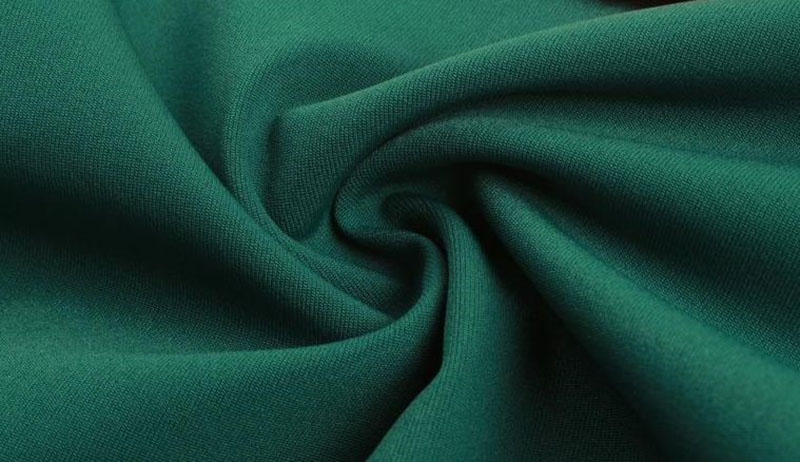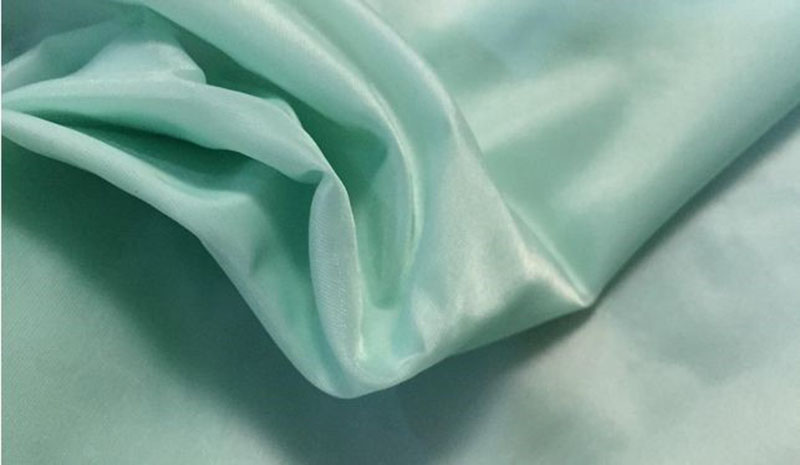Properties of nylon
Strong, good wear resistance, home has the first fiber. Its abrasion resistance is 10 times that of cotton fiber, 10 times that of dry viscose fiber and 140 times that of wet fiber. Therefore, its durability is excellent.
Nylon fabric has excellent elasticity and elastic recovery, but it is easy to deform under small external force, so its fabric is easy to wrinkle during wearing.
Poor ventilation, easy to generate static electricity.
The hygroscopicity of nylon fabric is better among synthetic fiber fabrics, so the clothes made of nylon are more comfortable than those made of polyester.
It has good moth resistance and corrosion resistance.
The heat resistance and light resistance are not good enough, and the ironing temperature should be controlled below 140 ℃. Pay attention to the washing and maintenance conditions during wearing and using to avoid damaging the fabric.
Nylon fabric is a light fabric, which is only listed behind polypropylene and acrylic fabrics in synthetic fiber fabrics. Therefore, it is suitable for making mountaineering clothes, winter clothing, etc.
Nylon 6 and Nylon 66
Nylon 6: The full name is polycaprolactam fiber, which is polymerized from caprolactam.
Nylon 66: The full name is polyhexamethylene adipamide fiber, which is polymerized from adipic acid and hexamethylene diamine.
Generally speaking, the handle of nylon 66 is better than that of nylon 6, and the comfort of nylon 66 is also better than that of nylon 6, but it is difficult to distinguish between nylon 6 and nylon 66 on the surface.
The common characteristics of nylon 6 and nylon 66 are: poor light resistance. Under long-term sunlight and ultraviolet light, the intensity decreases and the color turns yellow; Its heat resistance is also not good enough. At 150 ℃, it turns yellow after 5 hours, its strength and elongation decrease significantly, and its shrinkage increases. Nylon 6 and 66 filaments have good low temperature resistance, and their resilience changes little below – 70 ℃. Its DC conductivity is very low, and it is easy to generate static electricity due to friction during processing. Its conductivity increases with the increase of moisture absorption, and increases exponentially with the increase of humidity. Nylon 6 and 66 filaments have strong resistance to microbial action, and their resistance to microbial action in muddy water or alkali is only inferior to that of chlorine fiber. In terms of chemical properties, nylon 6 and 66 filaments have alkali resistance and reductant resistance, but have poor acid resistance and oxidant resistance.
Post time: Sep-21-2022



